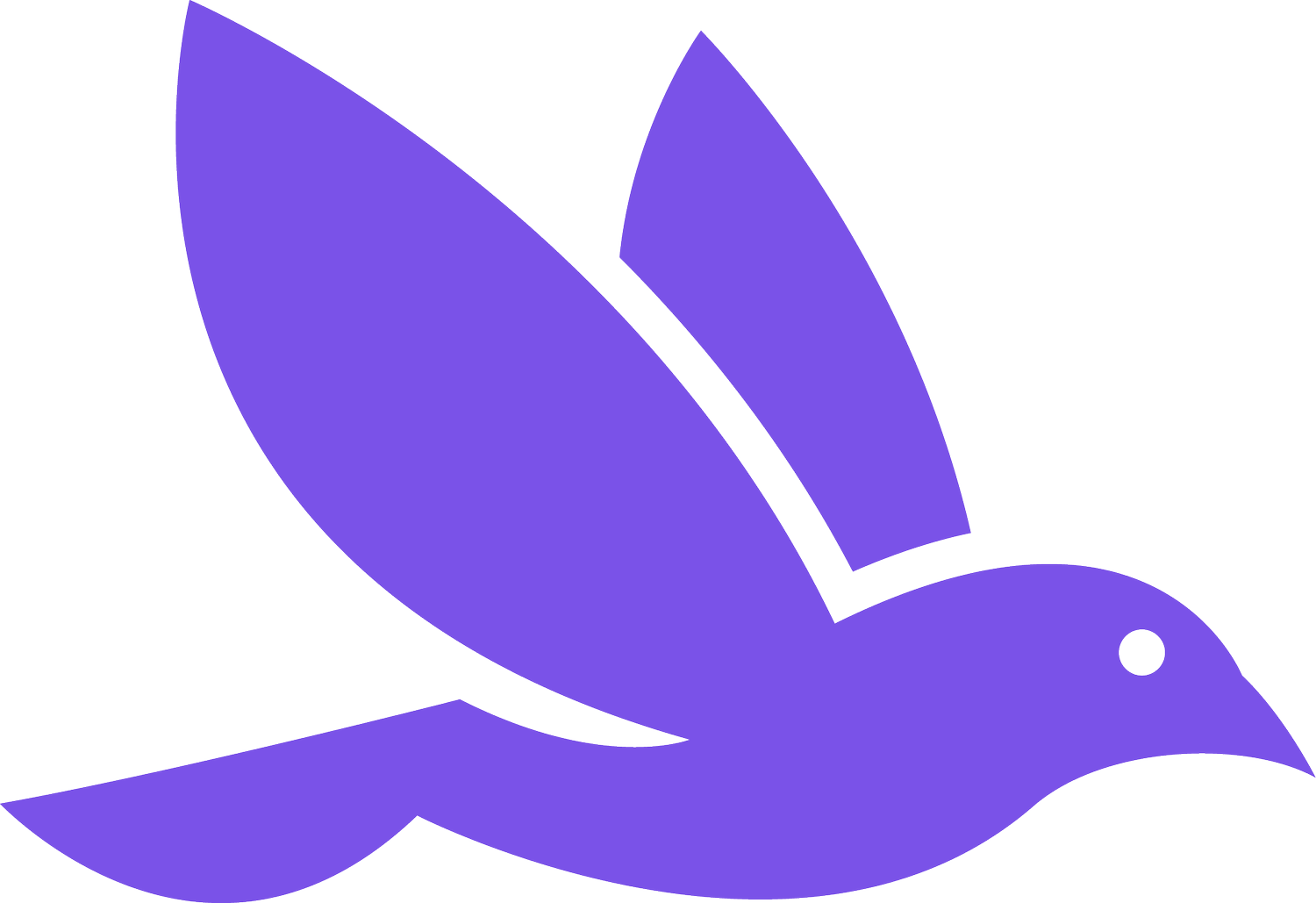Protect, Promote, Persuade: A Guide to Digital Fundraising in Turbulent Times
On a day when the leaders of PBS and NPR are summoned for questioning amid broader persecution of the public media community, it’s instinctive to think back to Rufus Scrimgoeur’s words at the start of the penultimate Harry Potter film.
As Voldemort and his ilk clamp down on the wizarding community, the fictional Minster of Magic proclaims, sternly and dramatically, to his constituents that, “These are dark times, there is no denying. Our world has perhaps faced no greater threat than it does today.”
But amid the worry and existential dread (perhaps personally as much as professionally) is an important chance for stations to lean into a historical fundraising opportunity. The most potent response to the moment is to leverage it in the greatest possible support for the mission.
Here is how to do it.
📈Understand the opportunity is distribution, not message.
When the CEO of WBUR (Boston) shared this week an open letter on the subject, it was the right message at the right time (and the right way to raise in this environment). She mentioned further on LinkedIn that it was sent to 65k “friends” of the station, presumably sustaining members of some status (current, lapsed, prospective, etc).
If the average email open rate for nonprofits is, generously, 30-40%, that’s maybe 20-25k people that see it. The average click-thru rate has about a 5% benchmark in this industry — That’s just 3-4k friends of the station who are actually seeing and engaging with this appeal.
For similar appeals, stations should target this letter as content on social media to the same list of 65k friends. It’s more cost-effective, broadens its reach (outside their inbox) and appeal, and can easily reach the same donor several times over the course of the campaign (in addition to new ones).
Many other stations have risen to this moment, and with the same message in some form. Your station, big or small, likely is (or certainly should be), and is doing so with the typical resonance that PMOs have in speaking to their audience. You know what you have to say, you’re maybe just not saying it to enough people.
MPR (MN), for example, calls this out on their Facebook page really well. But there is another exciting opportunity to achieve greater distribution here; given the importance of this message, as well as the size of MPR’s following (57k), surely they should expect more than 20 likes.
Likes themselves aren’t imperative but (a) are important social proof** and (b) are an effective proxy for reach, which is how many people actually saw the post.
We had a recent new client with 38k Facebook followers whose content was seen by an avg of ~200 people per post. That’s just 0.5% of this important digital audience! How many people actually see your average post?
A focused boost of this content could reach 10-100x that audience for a negligible cost (relative to the millions at stake), whether to followers, to members (current, lapsed, etc.), to donation page visitors, and more. This is where it should start to become obvious that $1 invested can yield $5-10 of revenue when your community is this fired up.
**Once this content is empowered by the social proof and algorithmic acceleration of early engagement from existing constituencies (as noted above), you’ll be positioned well to broaden its reach to new and new-ish audiences. Here is where you should consider an audience of engagers or those interested in community events.
PMOs of the size of WBUR or MPR or many others likely also see 100k+ searches monthly for their content. Topically, this is largely Google searches for “stream wxyz” or “listen to kabc”, etc. This is an important audience of folks who consume your content regularly and, if they don’t already, are primed today more than never to pay up for doing so (so guilt them into it!)
The most recent Spring drive for a major market station we support raised $106k on $9k of search ads across Google and Bing. For step-by-step insight into how we do this, check out the playbook from our Giving Tuesday webinar.
🤝Align stakeholders on the appropriate teams.
When we talk to PMOs about improving their digital fundraising, probably the single most enduring (and recurring) barrier is a lack of cohesion between audience, marketing, and membership teams. This is, admittedly, an organizational challenge that transcends an isolated campaign opportunity, but sometimes a jerk to the system like this is exactly the impetus needed to enact the operational improvements necessary for greater result.
Your marketing and/or audience teams might be graded against how many Facebook followers or web traffic or streams it acquires. This residually yields revenue (and are some of the most important proxies for traditional audience losses), but it’s unfair and unwise to hold this team to what are effectively downstream sales outcomes without the agency to affect this.
Your membership team might be judged simply by total raised in a campaign or fiscal year and/or by how many new donors were converted. But how does this team accomplish that in the absence of upstream audience growth?
Your broadcast is only reaching the people who tune in, who are probably the same people who always have and will engage this way. And most (including myself) who listen to their local station exclusively in the car can’t respond directly to solicitations this way anyway.
The solution is a tiger team, a task force, a meeting of the minds. It means talking to senior leadership to synthesize outcomes and unifying budgets and goals to which everyone should feel partly accountable.
📢Amplify and allocate aggressively.
The time is now to lean into this message and invest in amplifying it together. This should be as clear to you as it is to the folks in charge of revenue maximization in other sectors.
As we enter the final quarter of the year, your operational focus should be – needs to be – on amplifying this important message to connect it with the folks most receptive to financially responding to it.
Ask yourself and your team if you're actually reaching the right audience at the right time with the right message.




